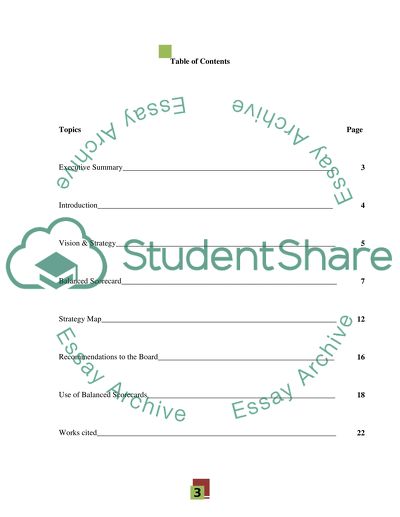Cite this document
(“Individual End-of-module Report: Go Ahead Plc Essay”, n.d.)
Retrieved from https://studentshare.org/finance-accounting/1403945-balance-scorecard-go-ahead
Retrieved from https://studentshare.org/finance-accounting/1403945-balance-scorecard-go-ahead
(Individual End-of-Module Report: Go Ahead Plc Essay)
https://studentshare.org/finance-accounting/1403945-balance-scorecard-go-ahead.
https://studentshare.org/finance-accounting/1403945-balance-scorecard-go-ahead.
“Individual End-of-Module Report: Go Ahead Plc Essay”, n.d. https://studentshare.org/finance-accounting/1403945-balance-scorecard-go-ahead.


